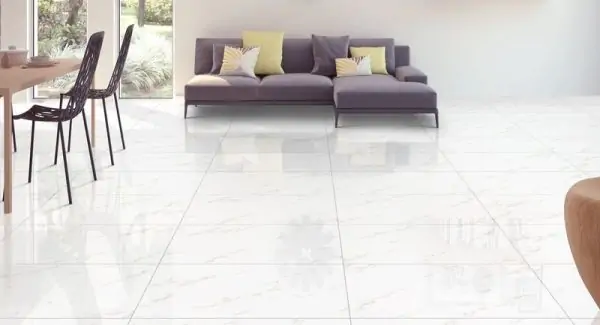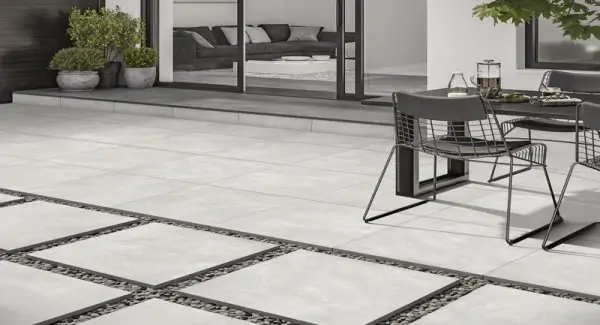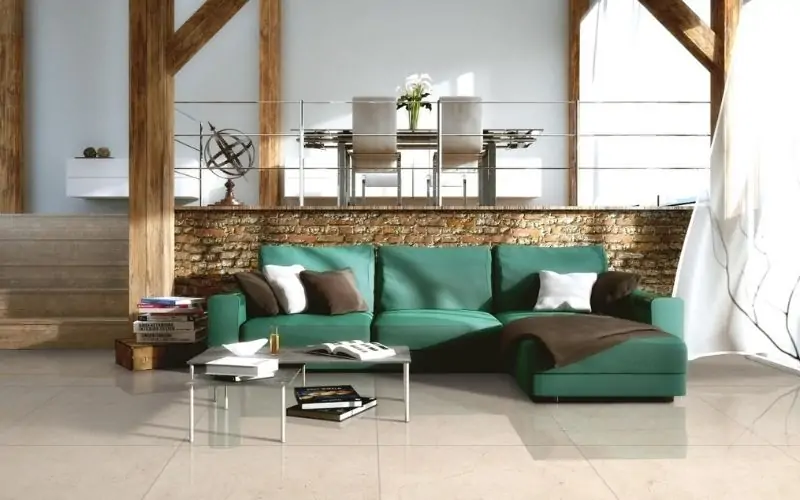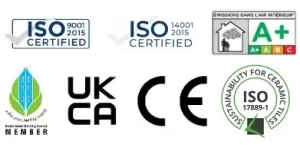Browse products by
Filter By Type
Filter By Finish
Filter By Look
Filter By Application
Filter By Type
Filter By Look
Filter By Application
Filter By Size
Porcelain Tiles Vs. Ceramic Tiles
Jul 2021
Porcelain Vs. Ceramic Tiles
The demand for ceramic tiles as well as porcelain tiles is high in the construction and infrastructure industry due to the increasing industrialisation and urbanisation. It leads to growing demand for residential and commercial buildings which stands as proof of strong growth in the construction and infrastructure industry. The growth in the tile market can be attributed to the technological advancement in the manufacturing of tiles.
At first glance, it isn’t easy to figure out the difference between the two as they are alike in look and feel. Porcelain is a specialised type of ceramic and both are made from a similar process but with little differences in composition and manufacturing process and these key differences impart specific advantages to both tile types. Thus, it’s important to understand the latest tile trends to make sure you use the correct one at the correct place.
Composition:
Ceramic is an inorganic, non-metallic solid material, formed from natural materials like clay, sand and quartz. These materials are fired at temperature ranging from 982°C to 1315°C in the kiln. Kaolin and feldspar are the two additional constituents of porcelain tiles apart from the common composition and these ingredients all together are fired in kiln for longer duration at higher temperatures ranging from 1315°C to 1483°C.
Appearance :
Ceramic tiles can have varied appearances, some may be glossy while some textured. It has a gloss on the top surface which gives it its colour and finish. Porcelain tiles are rarely glazed but sometimes they may be. Even when glazed, the colour of the clay body beneath the glaze will be similar in colour, and the glaze applied only gives some additional detail to the surface.
Porcelain tiles may be textured, matte, or glossy in finish, but the biggest point of difference is that the colour in these tiles goes all the way through it. If you scrap a ceramic tile, the glaze will come off, and the clay body will be exposed. If you chip a porcelain tile, no change in colour occurs.
Cost :
Porcelain tiles are relatively more expensive as their composition requires them to be fired at much higher temperature ranges than ceramic tiles. This does not mean that the quality of its counterpart is compromised on having the benefit of being budget-friendly.
Water absorption :
Porcelain tiles have a water absorption extent of 0.5% which is almost negligible to consider and are great for water retaining areas/humid areas as the clay used to make these tiles is denser and less porous, making it less water absorbent than ceramic tiles. Whereas ceramic tiles definitely absorb more than that. As porcelain tiles are liquid-resistant, they are best suited for basement, bathrooms and damp locations like pools.
Durability :
Porcelain tiles win the race from ceramic tiles as they can withstand heavy use over time due to their dense composition which makes them useful for high traffic sites or commercial areas. The strength of the porcelain tiles prevents them from cracking which is common with ceramic tiles from happening. In terms of durability, porcelain tile is just easier to count on.
Lifespan:
Porcelain tiles are more hard-wearing, difficult to break and are scratch and scuff resistant. This makes them a solid choice in the latest tile trends over ceramic tiles as their longevity is more of porcelain tiles.
Ease of cutting and installation:
As porcelain is dense and more durable, it is difficult to cut as compared to ceramic tile, which is easy to cut and shape. So it requires special skills and tools to cut and install it, which can be challenging for a novice or DIYer.
Best used for :
Ceramic tiles are best suited to use for interiors: walls and floors, home interiors, commercial interior walls, low foot traffic areas, restaurants, offices, shops, bathroom walls, kitchen floor surfaces, and floor tiles.
Porcelain tiles are more suitable for outside or exterior use : commercial properties like hotels, offices, retail outlets, areas with enormous moisture such as wet rooms, high foot traffic areas.
Both the tiles have usage in different arenas and Lavish Ceramics provides a beautiful range of selection within the sector. Ceramic tiles are not so dense and strong and they are easy to fit, clean and maintain. While Porcelain tiles are expensive but are impervious to most substances, are durable and do not let stains seep in and set. All these properties affect how the tile behaves and what they best befit.
Similar Articles


That which is unique is always rare and special, so is with the finesse of Lavish tiles. Lavish is synonymous with excellent quality tiles that define the beauty of a well tiled space. One of the largest manufacturer and exporter of ceramic tiles, wall tiles and floor tiles, double charge vitrified tiles, polished glazed vitrified tiles, glazed vitrified tiles and digital tiles, Lavish is famous for adding that sense of grandeur and splendor through sheer product quality.








